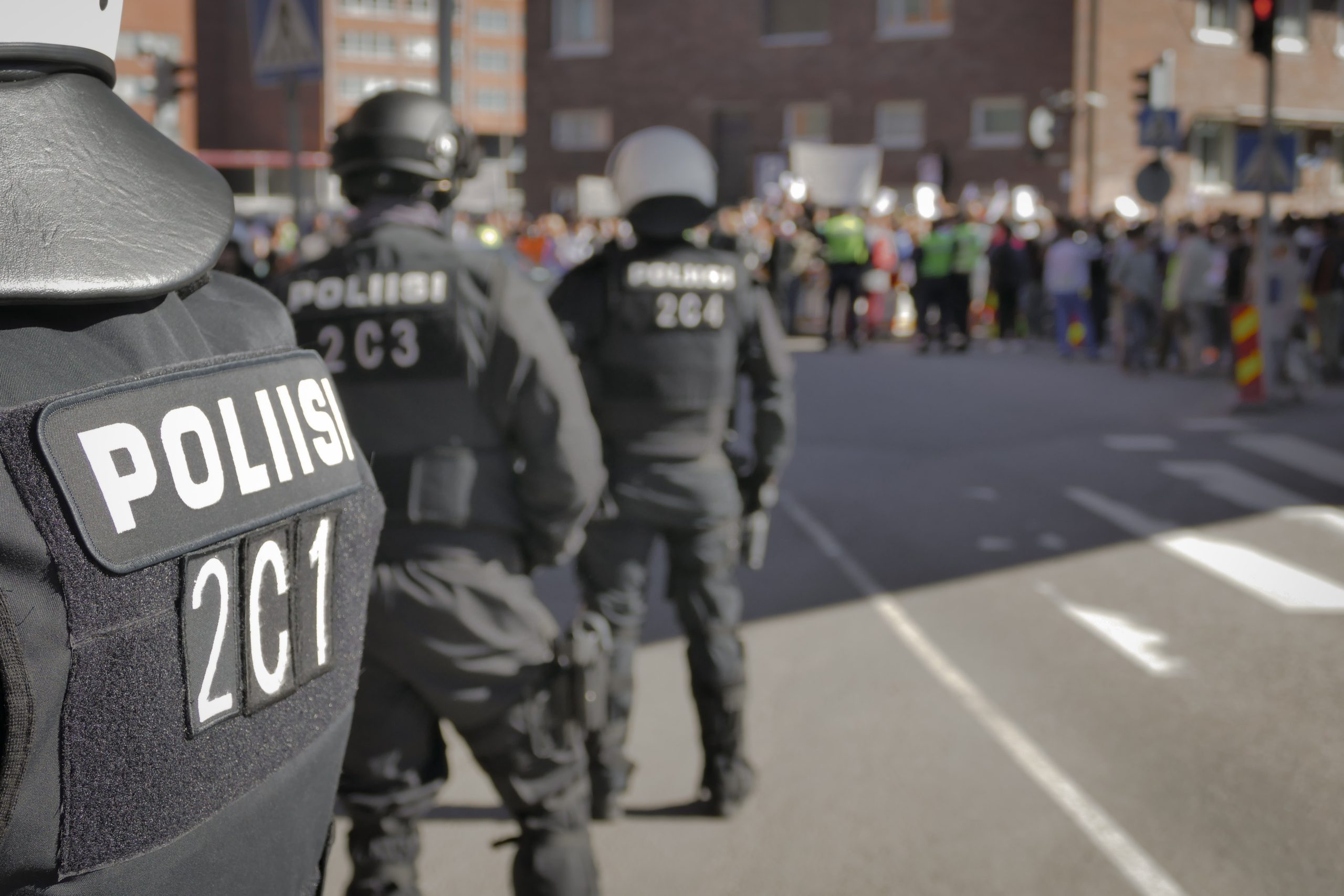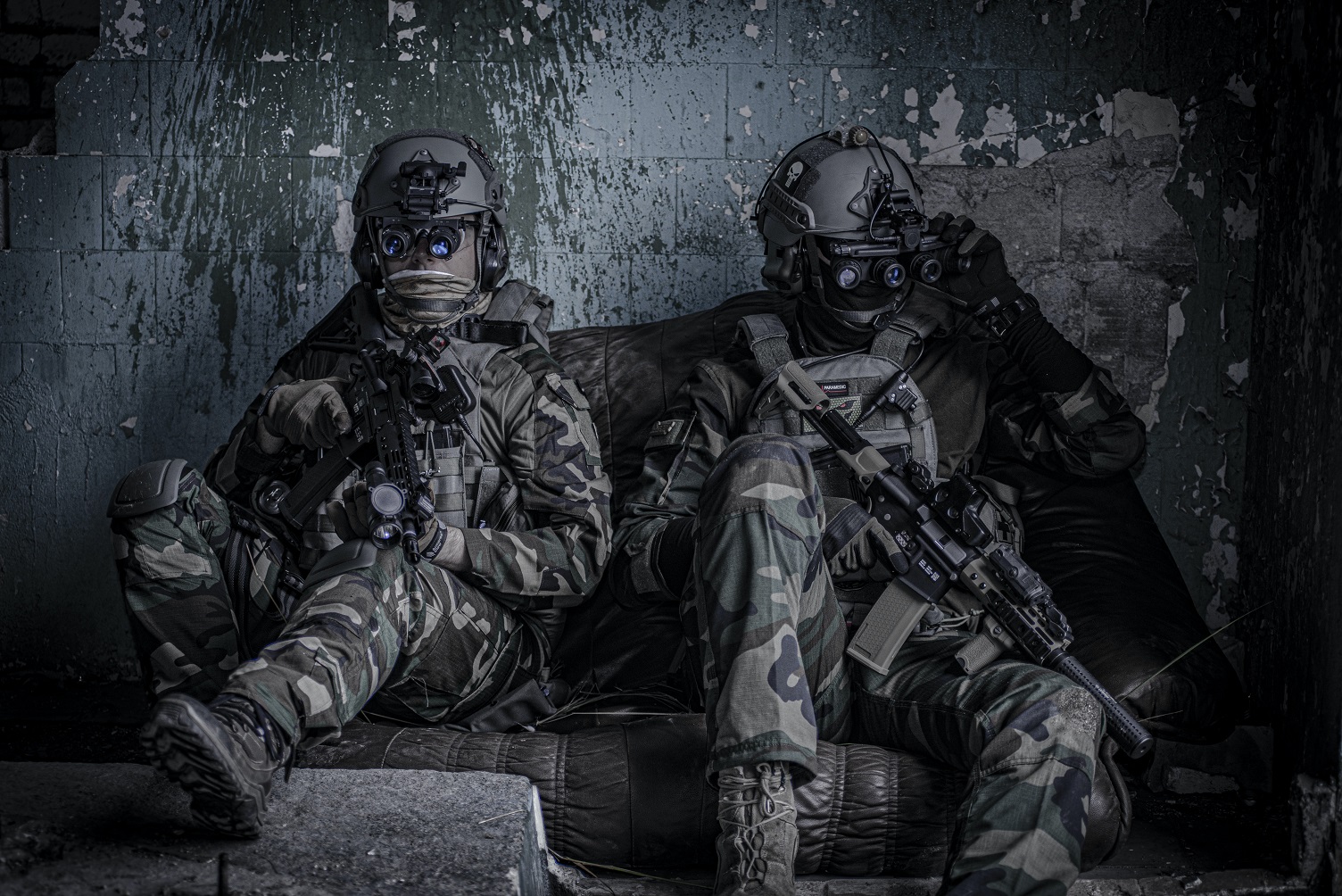The world is an uncertain and dangerous place today, and it is essential to preserve the safety and security of individuals who put themselves in harm’s way every day. Military personnel, law enforcement, and security professionals often risk their lives in the line of duty, and the equipment they use must be of the highest quality and efficiency. In this blog post, we will focus on one critical piece of equipment that provides additional protection against firearms – Level IIIA ballistic shields. We will dive deep into understanding the composition of these shields and how they work to serve their purpose effectively.
Level IIIA Ballistic Shields are specially designed to offer a higher level of protection for military personnel, law enforcement, and security professionals. These shields are built to withstand direct hits from 9mm, .357, and .44 magnum rounds, providing essential protection against small-arms fire. The composition of these shields is a culmination of multiple layers of various materials that work together to achieve their purpose.
Firstly, the outer layer of the Level IIIA ballistic shield is made of durable polyethylene fabric, which is known for its strength and light weight. This material absorbs and distributes any impact from a shot, thereby reducing the overall damage caused by the bullet. Polyethylene is also resistant to moisture and other environmental factors, making it a perfect choice for ballistic armor applications.
The second layer comprises a high-performance aramid fiber, which is a material capable of withstanding high levels of force. Aramid fiber is five times stronger than steel, with an extremely high tensile strength that allows it to absorb and distribute the energy of the bullet across the material. This layer is slightly denser and heavier than the outer layer, but it offers additional protection against higher caliber rounds.
The third and final layer is a cushioning material consisting of foam that absorbs shock and energy from the bullet impact. The foam provides additional padding, which reduces the stress on the wearer’s arms holding the shield, and a more comfortable experience. The cushioning material ensures that the last bit of energy from the bullet dissipates, providing the user with complete protection.
In summary, Level IIIA ballistic shields are made up of a combination of layers of polyethylene fabric, aramid fibers, and cushioning foam. The combination of these unique materials results in a protective shield that can withstand impacts from small-arms fire and reduce potential injury. The design and composition of these shields are constantly refined to ensure maximum protection for those who rely on them.
In conclusion, understanding the composition of Level IIIA ballistic shields is crucial for those who depend on their protective qualities. Military personnel, law enforcement officers, and security professionals put their lives at risk daily, and the equipment they use must provide them with the highest level of protection. The unique layering of materials in ballistic shields ensures that the energy from bullets is distributed and absorbed efficiently, reducing injury to the user. The constant refinement of the design and composition of these shields will enhance the safety and security of those working in potentially dangerous situations.
For more great articles, please click here.



